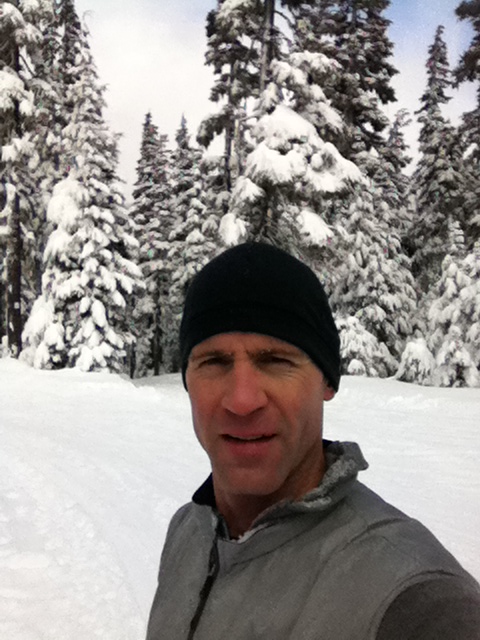Teams are Like an Onion by Stacy Ludington
Many of us have heard of the Onion Theory, how as relationships grow and develop, communication moves from non-intimate and empty levels to deeper, more personal ones. When asked at the end of last year to explain what I had learned about working in groups for the Community Planning Workshop (CPW), this theory came to mind. Teams, after all, are a form of relationship and can also exhibit the four stages of the Onion Theory.
The first stage is the Orientation Stage. When two people meet, their relationship is governed by a desire to be socially appropriate and liked. The same is true of teams. I call this the Honeymoon Phase, when a team is just meeting and deciding how it’s going to work together. The team discusses its strengths, weaknesses, and pet peeves, but these are not fully realized. Little to no work is achieved during this stage, but everyone is filled with inspiration and motivation to get the job done.
The second stage is called the Exploratory Affective Stage, or when a relationship is starting to develop a closer understanding but the individuals are not fully comfortable expressing their true feelings. They are still exploring what is appropriate to talk about. In a team relationship, teams members might become annoyed with one another but let small problems slide because they are still unsure how to handle the situation.
The third stage is called the Affective Stage, or when criticisms and arguments arise and conversations move to more private and personal matters. Within a team, this is usually the point when all the tension built up during the previous stage from lack of communication becomes apparent.
The fourth and final stage is the Stable Stage, or when relationships reach a plateau of understanding and deep thoughts and feelings can be shared without fear of rejection or misunderstanding. For a team, this is when the individuals have worked through their problems and have a deeper understanding of how they best function together. Team members can now predict another team member’s emotional response to a certain problem, and have methods to avoid problems that have occurred in the past.
I believe that every team that works for an extended period of time on a project experiences some form of this theory. Some teams experience full melt downs while others only briefly touch on each stage. I’ve been very lucky with my CPW team. We formed a very deep, stable bond where we feel comfortable with each other and have plans in place for resolving and preventing problems we’ve encountered in the past.
As CPW projects start to come to a close, I believe it is important to understand the Onion Theory of teams. Each team becomes stronger during the experiences of the various stages.
Stacy Ludington is a 1st year CRP masters candidate from Blacksburg, Virginia. Her studies focus on natural hazards mitigation and planning in the face of climate change. She is also particularly interested in bringing science into planning, and using GIS to graphically represent ideas and data, particularly participatory GIS.
More about the Community Planning Workshop(CPW)


